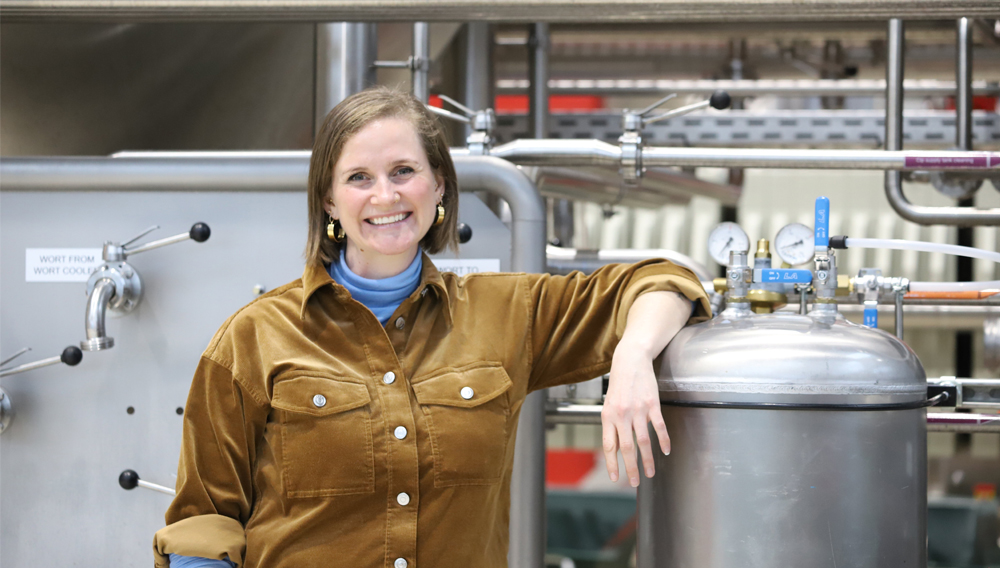
Up-to-date study results | Unavoidable residues such as e.g. harmful metals, dioxins, polychlorinated biphenyls, polycyclic aromatic hydrocarbons, mycotoxins and radionuclides are among the environment-related, undesirable substances in hops. This overview presents and assesses up-to-date results from residue investigations of the above-mentioned environmental contaminants in hops from various European growing countries.
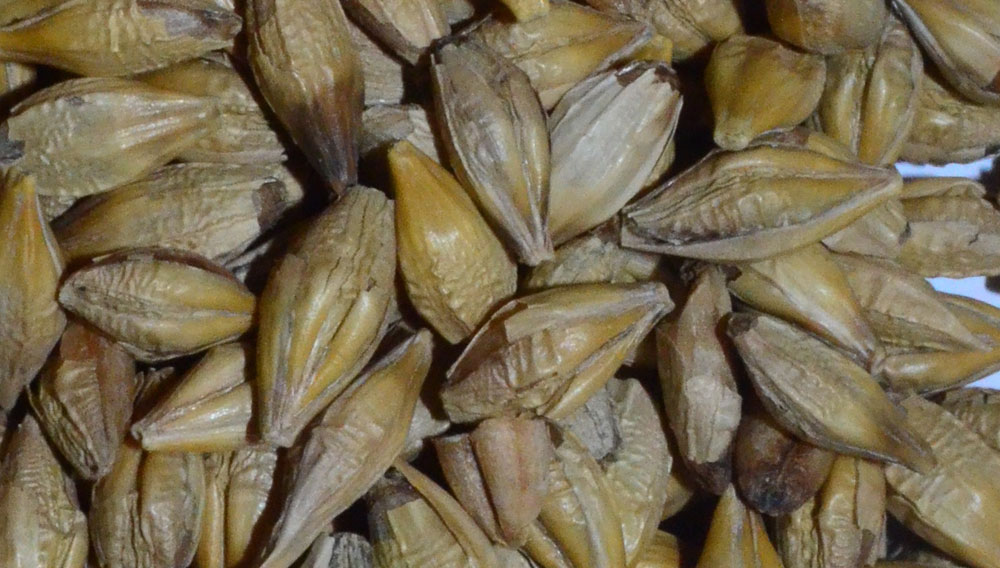
Chemical-technical analysis | Specifications or reference values describe the malt quality needed for trouble-free processing and thus are the common assessment factor to be met by malt producers and processing operations. The enormous breeding progress achieved in more than 100 years of intensive malting barley breeding introduced malting barley varieties with ever improving modification properties. This is something that should be and has to be taken into consideration when performing malt analyses.

Alpha acid values | The 2024 hop harvest has now officially come to an end. The Arbeitsgruppe Hopfenanalyse or AHA (Hop Analysis Working Group) has announced the mean alpha acid values determined in freshly harvested hops.
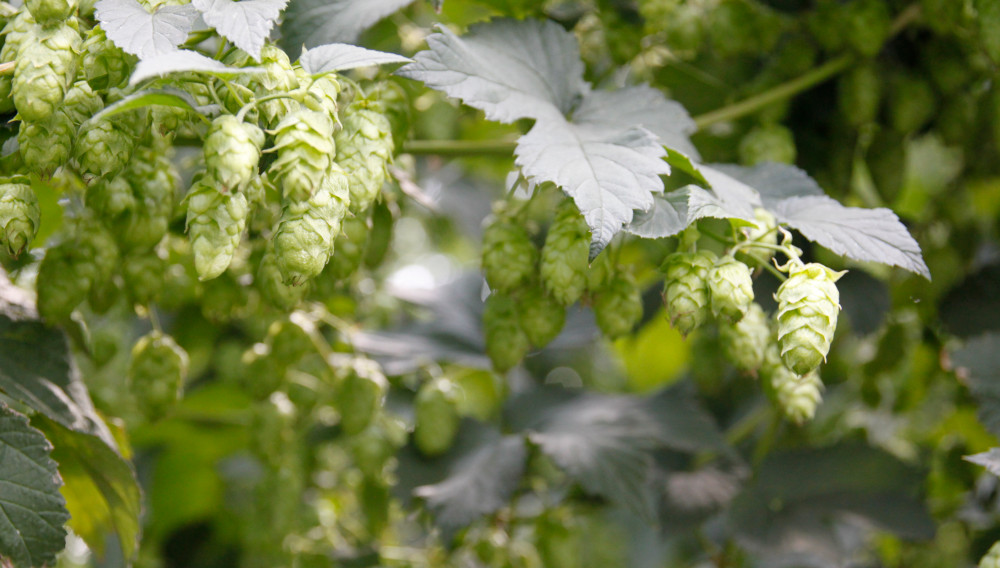
Predicting drying time | Hop drying is an essential process that initiates hop production, improving its efficiency is crucial for reducing the processing footprint. In this context, this work explores a new way to predict drying time using AI algorithms. The research reveals the potential for achieving greater accuracy in predictions with advanced algorithms such as K-Nearest Neighbor and Random Forest by incorporating key factors like air humidity.

Anniversary | Not only brewers but also German maltsters have been left shaken by the energy crisis, weak exports and the drop in beer consumption. Nonetheless, crisis situations are nothing new for traditional malting companies which have often been active on the market throughout several generations of the same family. Palatia Malz GmbH from Heidelberg, Germany, which this year celebrates its 125th anniversary, can also testify to this, as majority shareholder and managing director Dr. Axel Göhler tells us in our BRAUWELT interview. This is no reason to be pessimistic or anxious about the future, however.
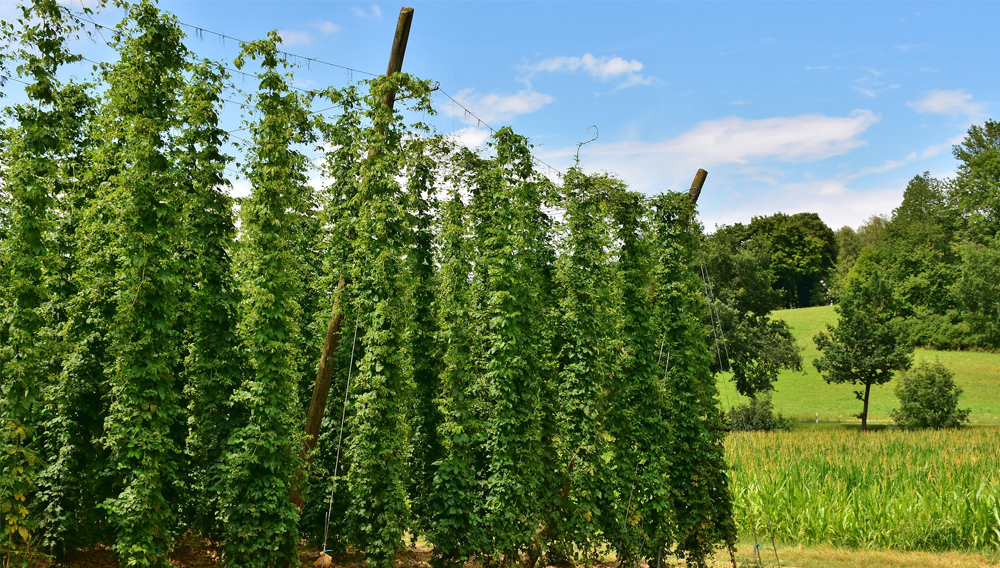
Hop analysis | Hops contain a large amount of secondary metabolites. Essential oil, bitter substances (resins) and polyphenols are the best known and most important ones. The amounts have to be known exactly for the brewing process. Depending on type and year of harvest, they are available for hop oil and bitter substances. However, such detailed data is missing for polyphenols, with the exception of xanthohumol. A complete list is presented here.
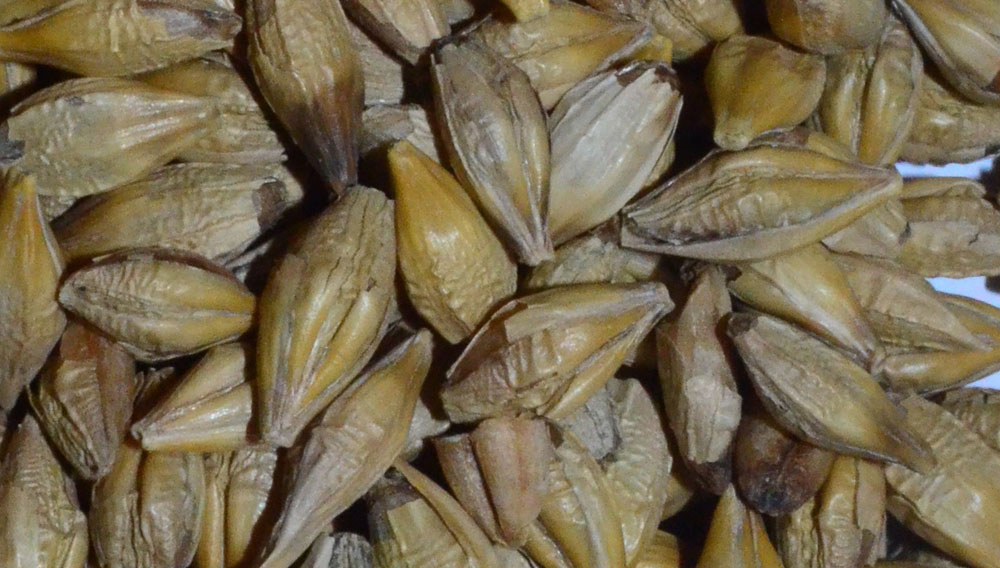
Malt receipt | Analysis of malt for various qualitative analytical characteristics has the practical purpose of assuring the specified and/or required quality so that it can be processed afterwards in the brewery without any upsets. Additional information such as malt variety, malt modification or malt type (colour) can also be obtained. Despite suitably executed methodology, it is often perceived that malt analysis is viewed very uncritically, apart altogether from being judged for plausibility. Results of malt analysis are thus often interpreted inappropriately in day-to-day operation.

Play of colours | Some barley varieties contain reddish blueish anthocyans and black melanins (cf. the contribution of the authors in BRAUWELT International no. 4, 2024, pp. 198–202). The latter are insoluble in water and alcohol though anthocyans contribute to the characteristic colour of e.g. red wine. An investigation on a laboratory scale was conducted to determine the effect of the parameters pH value of the mash, wort boiling and hop dosage on the reddish colour. However, classical brewing tests with sensory assessment of beer were omitted.

Research findings | For beers produced with potatoes, potatoes can be used only as part of the grist because a sizeable portion of barley and/or wheat malt is needed as an enzyme source for starch breakdown during mashing. In order to produce a gluten-free beer alternative from potatoes, the whole grist has to be made up of raw materials on a potato basis and, thus, mashed with technical enzymes.
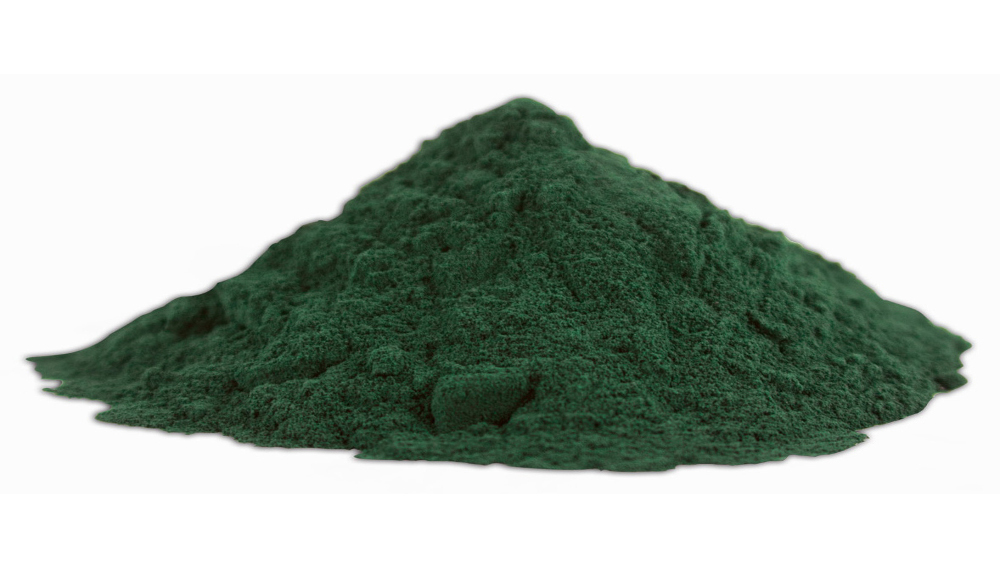
Biomass | Considerable amounts of CO2 are formed during germination of barley in maltings and during fermentation in breweries. In the first part of this two-part series of articles, the concept of algae production in breweries or maltings and an outlook about use, e.g. for biomass production, are presented. In the second part, progress made in developing a beverage from dried algae powder is described.

Europe | There’s significantly more spring malting barley available in Europe from this year's harvest than originally expected. However, the results are very heterogeneous – depending on the time of sowing, soil type and weather conditions, even within the same region. Nevertheless, the reported results are better than initially expected. The protein content in particular is often poor. Here the industry will have to come to an agreement with the sellers.

